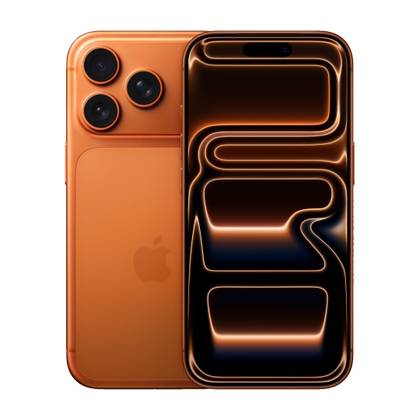Summary
- Anodized aluminum edges on iPhone 17 Pro spall, causing noticeable chips around the camera bump.
- Sharp geometry, not aluminum, causes uneven anodize adhesion and flaking at sharp corners.
- Repairability is mixed: score 7/10, modular battery and cameras but risky screen removal and many screw types.
Apple’s iPhone 17 Pro series marked the company’s return to aluminum unibody builds on their phones after around 8 years of continuous glass sandwiches. But it’s also a controversial one—it’s scratching a little too easily. Thanks to iFixit, we might know the possible reason behind this.
iFixit just disassembled the iPhone 17 Pro for the whole world to see, and while it was at it, it also tried to perform tests and research on why the phone seems to be so prone to scratches. As it turns out, it appears that the problem lies with the anodizing process on the phone’s sharp edges. The protective and colorful oxide layer is brittle and prone to flaking off, a type of damage known as “spalling,” particularly around the prominent camera bump.
According to materials scientist David Niebuhr, owner of Niebuhr Metallurgical Engineering, LLC, the issue isn’t the switch from titanium to aluminum, but the geometry of the phone itself. “Apple could have prevented this by making a more gradual curve and avoiding a relatively sharp corner,” Niebuhr stated, explaining that the anodized layer adheres less evenly to sharp edges. The phone gets scratches on its flat back, which are often superficial, but chips along the camera plateau expose the shiny aluminum underneath, making the damage far more noticeable than it would otherwise appear. It’s not that it’s getting more damaged than your average aluminum phone, but that the damage is more noticeable.
As for the rest of the teardown, the iPhone 17 Pro has earned a provisional repairability score of 7 out of 10, matching the more accessible iPhone Air. The iPhone Air made some improvements as far as repairability goes, and the iPhone 17 Pro is a bit of a weird one—it goes even further in some aspects, but it’s also a regression in others. The biggest issue here is the fact that the “dual-entry” design we had in previous years is gone.
Previously, technicians could access most internal components by removing the back glass. On the 17 Pro, the small back panel only provides access to the wireless charging coil, meaning most repairs—including replacing a cracked screen or a damaged back—now require the risky and expensive removal of the display. On one hand, this was going to be a given, seeing the aluminum unibody. There’s no back glass to remove, so we’re back to where we were back in the iPhone 6/iPhone 7 days. But the removable back panel made people hopeful that you could at least perform minor repairs through there, and you can’t really do much using that. Bummer.
If you do make it inside the phone, Apple did make strides in other aspects. The battery, for one, is housed in a screwed-in metal tray for the first time in an iPhone. This means that you can just screw the battery out instead of having to pry it out using pull tabs or, worse, a pry tool. The phone also introduces a modular vapor chamber, a cooling system that sits between the A19 Pro chip and the battery.
The rear cameras are modular and can be replaced with relative ease as well. But on the other hand, the phone is held together by an excessive number and variety of fasteners—five different types of screws in total, including Pentalobe, Phillips, tri-point, standoffs, and the new Torx Plus. Any progress Apple made here kind of cancels itself out with other regressions, which is why the score is just a 7.
Check out the teardown before you buy this phone, because you’ll probably want to be aware of any repair quirks beforehand.

- SoC
-
A19 Pro chip
- Display
-
6.3-inches
- Storage
-
256GB, 512GB, or 1TB
- Ports
-
USB-C
- Operating System
-
iOS
- Colors
-
Silver, Cosmic Orange, Deep Blue
The Apple iPhone 17 Pro is the company’s most powerful smartphone to date, offering impressive cameras and the A19 Pro chip. It lets you do practically anything, including shooting quality videos.
Source: iFixit